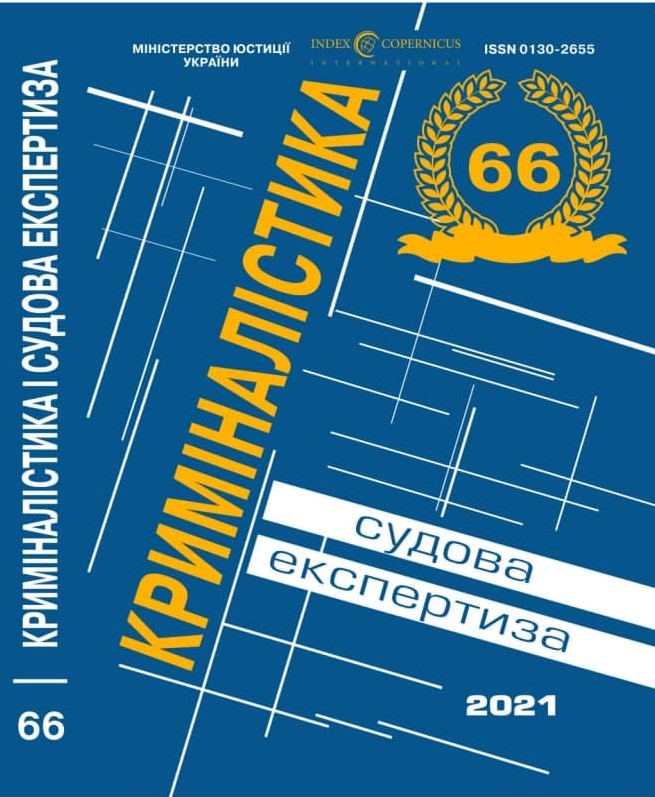
DOI: https://doi.org/10.33994/kndise.2021.66.73
D. Miller
The article deals with a widespread modern device for plumbing work – a pipe cutter for polypropylene pipes, as an adapted instrument of crime in theft of cable and wire products, primarily a telephone cable. The main attention is focused on the following aspects of the problem: design features of a pipe cutter with a ratchet mechanism, in the context of solving identification issues; systematization of traces that the pipe cutter leaves on the surfaces of the constituent elements of the telephone cable; problematic in the study of cut traces on a telephone cable.
The structure of the pipe cutter is considered in detail, with an indication of its main parts.
In accordance with the design features, the type of the considered tool is determined, relative to the existing modern forensic classification.
The features are generalized and systematized that leave the components of the pipe cutter, the complex of which allows you to identify tools of this type in research without a comparative sample.
The main stages of the mechanism of trace formation are modeled, understanding of which makes it possible to trace the areas of the contacting surfaces of the tool. A visual diagram of the phased movement of the pipe cutter blade has been drawn up, which illustrates the mechanism of the formation of certain general and particular features in the cut marks, including simplifying the solution of identification problems.
The article considers the possibility of compiling an information retrieval model of a crime instrument, as well as the effectiveness of its use in operational search activities and the investigation of crimes related to theft of a telephone cable.
The main problematic points identified in practice, in comparative traceological studies of the cut traces left by the pipe cutter, are generalized and explained, among which the most common are a relatively short identification period, the instability of the trace formation mechanism and the limited surface area of the telephone cable elements, on which informative traces remain.
Key words: theft of cable and wire products, telephone cable, cut trace, pipe cutter for polypropylene pipes, identification research, microrelief, information retrieval model.










